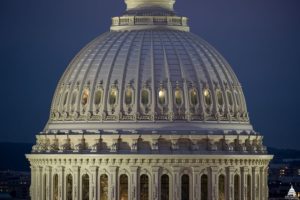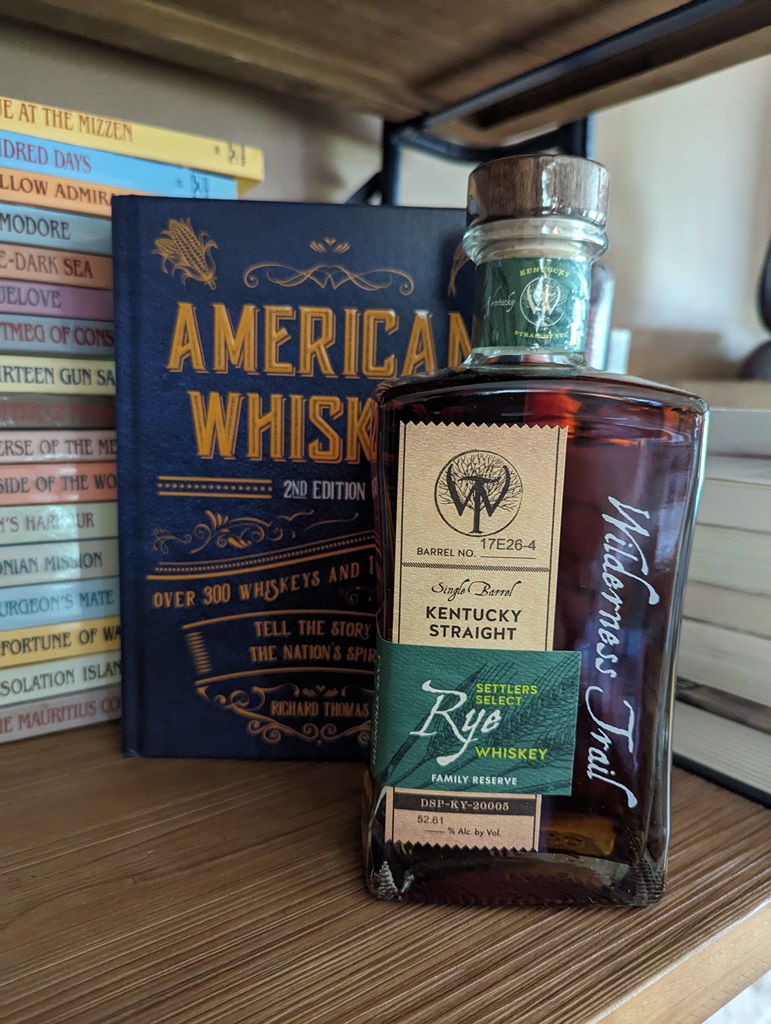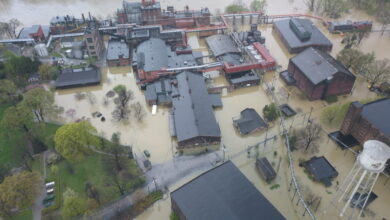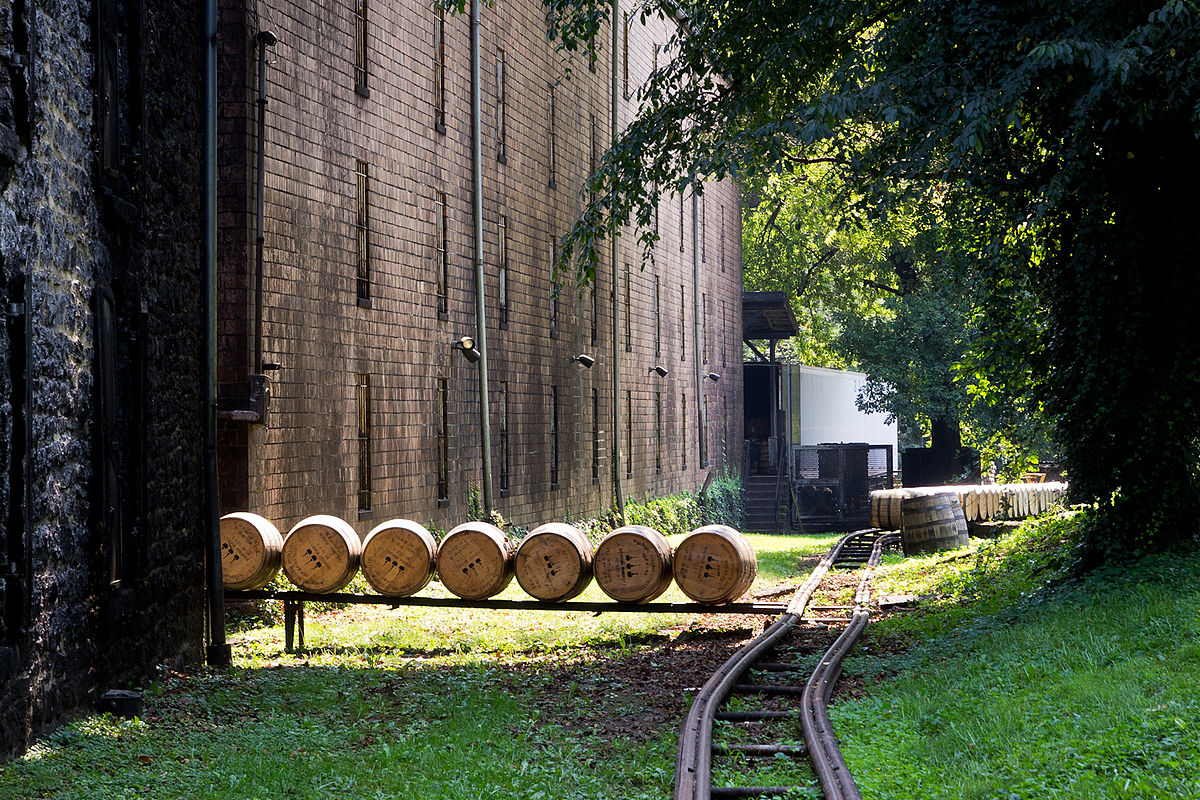Trump’s Trade War Didn’t Help Bourbon Consumers At All, But It Could Have Crippled The Goose Laying The Golden Eggs
By Richard Thomas

Between March and June 2018, President Trump enacted tariffs of 25% on steel and 10% on aluminum for certain countries, and then extended those tariffs to imports from the European Union. While many targets of Trump’s controversial trade policies retaliated in a tit-for-tat fashion, the EU instead came back with a series of more selective measures. Among them was slapping a 25% tariff on American Whiskey, widely perceived as a pressure tactic aimed at Mitch McConnell, senior senator from Kentucky, a leading Republican and then-Senate Majority Leader. Other countries followed suit; Canada, for example, later imposed a 10% tax on American Whiskey imports.
It was the EU that hurt the most, though. Before Trump started his trade war, 17% of all American Whiskey exports were consumed in the EU. That should come as no surprise, given that many of the US whiskey industry’s most lucrative foreign customers are found there. The sticker shock of seeing the price of a bottle of bourbon rise by a quarter-measure had the predictable effect: American whiskey exports fell by 35%. From Brown-Forman to modest craft distillers, everyone in the business felt the bite.
The one thing that did not happen was the return of scarce brands to store shelves, thwarting the predictions of many sitting in that space where voting Republican and collecting bourbon overlap. The same folks are now saying the resumption of normal trade relations will only make things worse… as if normal trade relations were a thing of the distant past, and not just a few years ago. Of course, that fantasy requires one to willfully forget or rewrite their own experiences that Blanton’s, Eagle Rare and Henry McKenna were still at least somewhat obtainable at reasonable prices in 2016; their conversion into unicorns happened during the Trump Administration; and Trump’s two year trade war did absolutely nothing to put them back on store shelves.
Market Mechanics
The reason exports have no direct impact on what whiskey brands appear in an American liquor store is that the American market is the most lucrative in the world. As individuals we might not drink as much as the French, but there are five times as many of us and we generally have more money to spend. The American whiskey market was valued at over $10 billion in 2020, substantially larger than the entire Kentucky bourbon industry, which is valued at $8.6 billion. By contrast, the total value of all American whiskey exports was just under $1 billion in 2018, before the trade war.

Americans are more than capable of drinking the entire output of the American whiskey industry, with room leftover to take in generous helpings of Scottish, Japanese, Irish and Canadian whiskies. The Kentucky and Tennessee Majors already have the biggest share of the biggest market in the world, so the reason America’s whiskey-makers look overseas is to spread their eggs around. Having well-established export markets is a bulwark against the risk American palates might change in the same way they did in the 1970s, precipitating the Great Whiskey Bust.
In digesting those numbers, it’s important to remember how a big distiller makes money. To cite one example: sure, Heaven Hill makes some money on Parker’s Heritage and Old Fitzgerald, but that is just balance sheet gravy. Evan Williams is their bread, Elijah Craig is their butter. It’s not the pricey and rare limited edition whiskeys that make up the bulk of a statement like “exports plunge by 35%.” The whiskey that isn’t selling in Europe isn’t the stuff that is in short supply.
Doubling down on that simple fact of business is the psychology of the whiskey collector with disposable income. Five years ago, the market value (what one pays to get a bottle on demand) for W.L. Weller 12 Year Old Bourbon was approximately $150. Today, Wine Searcher lists it at $361, while the (laughable) official price remains $40. That is a more than 200% climb over five years, vastly more than the 25% imposed on European drinkers by the trade war. Yet people still pay that. Shoppers may balk at paying +25% for a basic item, especially when they have other basic items to choose from. The psychology of shopping for luxuries is entirely different, something one might learn in a 200-level microeconomics class. Such choices are driven not so much by bargain hunting, but by what the buyer desires and can afford.
So, the trade war cratered exports of mass market and premium American whiskey brands, while leaving the super premium class of rare and pricey limited edition brands largely untouched. Europeans who wanted Pappy Van Winkle still bought those bottles, however many were available. Yet even if higher prices had dented sales on these luxury whiskeys and forced distillers to keep them in the American market, it would have made little difference.
We don’t actually know how much of a specific brand is allocated to export, as American distillers are very secretive with that information. With the exception of brands created specifically for export (i.e. Blanton’s Gold Label) and travel retail items, however, it is usually a very small slice of the overall picture. Let’s say, for the sake of argument, that Very Old Fine And Rare Kentucky Bourbon ships 10,000 bottles per year, and 10% of that total goes to overseas markets. The 9,000 bottles that remain in the US are unicorns and have a market value of $2,000 per bottle, because 100,000 collectors are chasing them. Bringing back 1,000 bottles only makes a real difference to the 1,000 collectors (or less!) who snag those bottles, not to the 90,000+ collectors who do not, and will have only a negligible impact on the market value of the bottle.
“But what about Buffalo Trace,” they cry, deflecting all facts and economics. What about Trace? The trade tantrum didn’t put Buffalo Trace products back on the shelves any more than it took them off those shelves. To say anything else is the mewling of a colicky baby.

Besides, Buffalo Trace is a useless case study for anything to do with the state of the larger modern bourbon trade; at a time when the general availability of other premium and super-premium brands are stable or improving, their availability is growing worse.The issues relating to that one distillery are not even reflective of what is going on with its parent company, Sazerac, as a whole, let alone with the entire bourbon industry.
I suspect the truth behind the scarcity of Buffalo Trace whiskeys is more complicated than mere supply and demand. Regardless, no other major whiskey distiller is seeing the same kind of allocation issues that Trace is, and citing a singular outlier is the opposite of making a case. At best it is ignorant, and at worst it is willfully misleading.
When President Biden’s trade team achieved its status quo antebellum deal with the EU, they averted a scheduled hike in the tariff rate from 25% to 50%. That hike would have destroyed the export business of the American Whiskey industry, and you don’t need to take my word for it: it’s what literally everyone concerned in the industry said. To ignore that and even applaud it, while clinging to myths that did not play out and all the while professing to be a fan of American Whiskey and the industry behind it… well, those psychological gymnastics are hardly extraordinary these days, is it? People have been literally dying these last two years while jumping through those hoops.
What will really happen now is that many a distiller great and small can get back to the business of selling their wares overseas, a business they were counting on to pay for the many capital investments they have made this past decade. Buffalo Trace products will continue to become ever scarcer until that particular bubble pops, but everything else should be fine. After all, the only thing that has happened was tariffs went back to the way they were in 2017.





Why bother? You must know the QAnon crackpots will just wrap their tinfoil hats tighter?